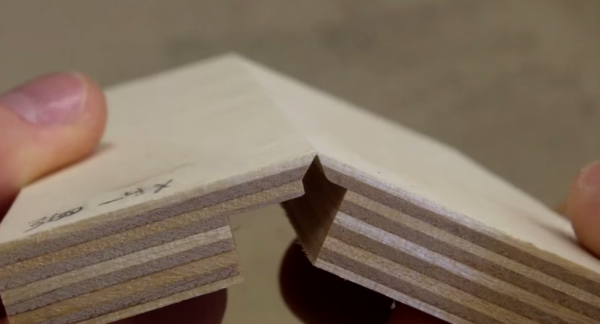Probes are an essential component of a good oscilloscope system, but they have the nasty habit of cluttering up your workbench. If you have a four-channel scope, it’s not just several meters of cable that get in the way everywhere, but also four sets of all those little clips, springs, cable markers, and adjustment screwdrivers that need to be stored safely.
[Matt Mets] came up with a clever solution to this problem: a 3D printed cable organizer that neatly fits below your scope. It has four drawers, each of which has enough space to store a complete probe and a little compartment for all its accessories. A cable cutout at the front allows you to keep the probes plugged in even when they’re not in use.
It’s a beautifully simple solution to a common problem, and with the STL files available on Printables anyone with a cluttered workbench can build one for themselves. If, however, you’d like to keep those probes even closer at hand, have a look at these probe caddies. Continue reading “Clever Scope Probe Drawers Keep Your Workbench Tidy”














